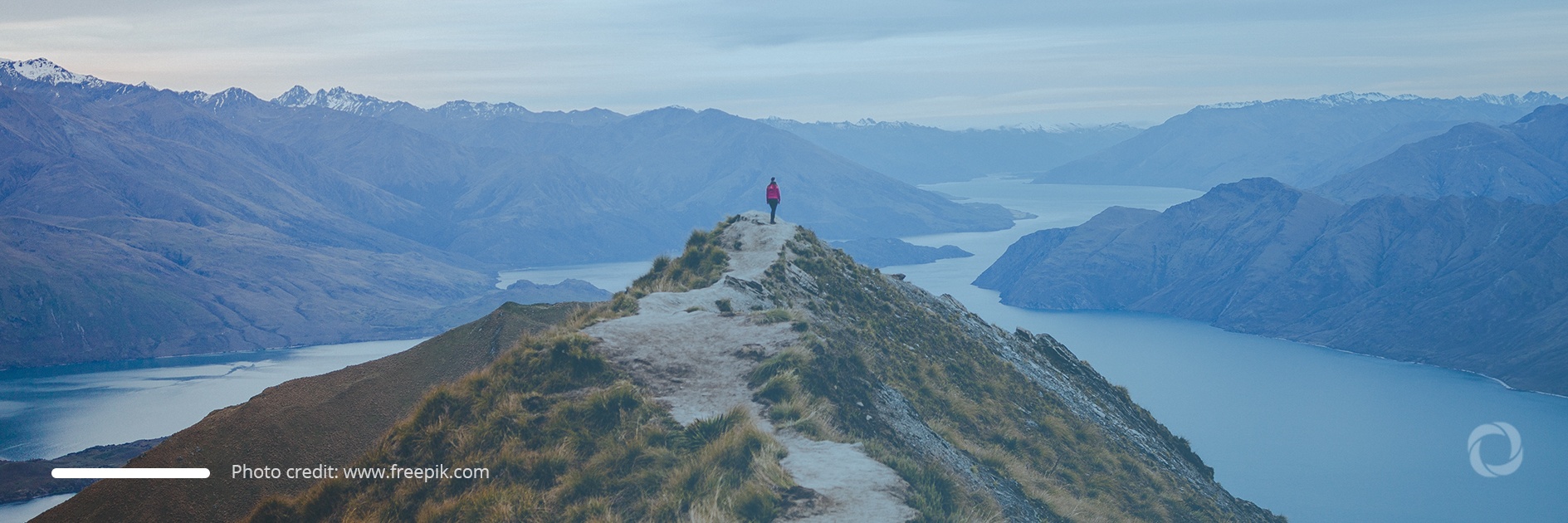Every human being strives to live in a peaceful society but how can the term ‘peaceful society’ be interpreted? Although the concept of peace proves challenging to define, it generally refers to the absence of violence and the presence of justice. Countries with this balance in place are considered to be peaceful and are ranked by an index in order to track their progress or regression to enable better decision-making.
The latest rankings, from the Global Peace Index (GPI), highlight Iceland as being the most peaceful country in the world followed by New Zealand, Denmark, and Portugal. How are countries assessed and ranked? What is peace? Read our latest article that discusses peace and the GPI and lists the top five most peaceful countries in 2021.
What is peace?
The concept of peace is difficult to define due to its complex and multidimensional nature. In general terms, it refers to social harmony that is achieved by the absence of violence or the fear of violence and the presence of justice and equity, and a respect for human rights and the environment. The Institute for Economics & Peace, the publisher of the Global Peace Index, differentiates between positive and negative peace where positive peace is defined as “the attitudes, institutions, and structures that create and sustain peaceful societies” while negative peace simply involves the “absence of violence or fear of violence”.
What is the GPI?
The Global Peace Index is an annual report produced by the Institute for Economics & Peace that measures global peacefulness across 163 independent states covering 99.7 % of the world’s population. The GPI generally focuses on measuring negative peace using a set of 23 quantitative and qualitative indicators across three domains of peacefulness.
The measurement is undertaken using a weighting scheme that gives every indicator a value based on its relative importance with regards to the overall objective of the measurement (global peace). It is important to note that the higher the GPI score is for a specific country, the less peaceful it is.
Fig.1. Domains of peacefulness used for GPI

Recent GPI Trends
The primary message highlighted in the GPI 2021 report is that today’s world is considerably less peaceful than it was in the late 2000s. During the last decade, 86 countries have improved their score in terms of the levels of peace while the other 75 countries have recorded a decline.
Fig.2. Trends in the levels of global peacefulness (2008 – 2020)

Most Peaceful Countries in 2021
![]() Iceland – is the world’s most peaceful country, a rank that it has managed to retain since 2008. In 2021, Iceland showed some small improvements in the incarceration rate and perceptions of criminality indicators
Iceland – is the world’s most peaceful country, a rank that it has managed to retain since 2008. In 2021, Iceland showed some small improvements in the incarceration rate and perceptions of criminality indicators
![]() New Zealand – is the most peaceful country in Oceania and the second most peaceful worldwide. In 2021, the country recorded a slight decline in the GPI value due to an increase in weapons imports and military expenditure indicators
New Zealand – is the most peaceful country in Oceania and the second most peaceful worldwide. In 2021, the country recorded a slight decline in the GPI value due to an increase in weapons imports and military expenditure indicators
![]() Denmark – is the third most peaceful country overall, advancing two positions in the previous year. It recorded some important improvements in the Safety and Security domain
Denmark – is the third most peaceful country overall, advancing two positions in the previous year. It recorded some important improvements in the Safety and Security domain
![]() Portugal – dropped two positions compared to the 2020 GPI due to a slight deterioration within the Societal Safety and Security domain
Portugal – dropped two positions compared to the 2020 GPI due to a slight deterioration within the Societal Safety and Security domain
![]() Slovenia – climbed five positions compared to the 2020 GPI. The most noteworthy improvements were recorded across the Militarization domain
Slovenia – climbed five positions compared to the 2020 GPI. The most noteworthy improvements were recorded across the Militarization domain
DevelopmentAid is the leading provider of business intelligence and recruitment tools designed to assist those active in the development sector. Join today and gain access to exclusive information on the upcoming funding opportunities (tenders and grants) from the largest bilateral and multilateral donors.

